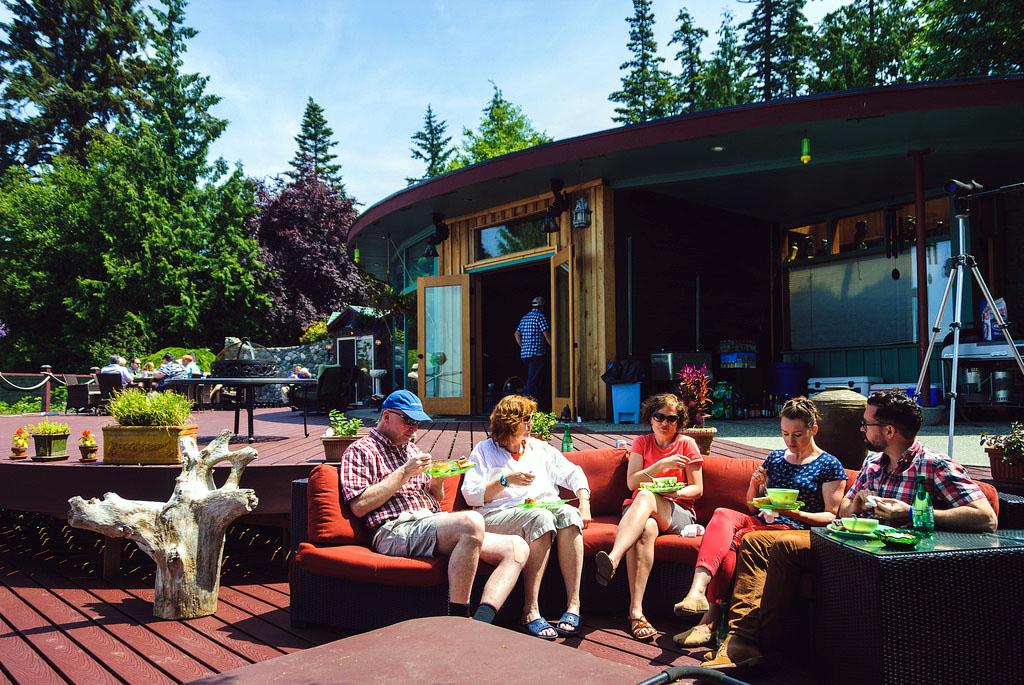
Kids. Dogs. Cats. Sound like an unholy trinity for high-impact, high-damage to your rental properties?
That’s not necessarily untrue, but it’s also not the whole story.
Why should landlords go out of their way to attract families? For starters: they stay longer.
No, really – adults in their 40s move far less frequently than young adults in their 20s. How much less? According to Census Bureau data from 2010-2015 (the most recent available), 35.2% of adults aged 40-44 moved during that six-year stretch. Even fewer adults (29.7%) aged 45-49 moved.
But adults aged 25-29? A monstrous 61.2% of them moved during that period.
Chalk one up for parent-aged adults: dramatically lower turnover rates. And as you know, turnovers are incredibly damaging to your rental returns!
The second reason to consider appealing to families is that millennials – America’s largest generation – are now entering their prime child-rearing years. Read: strong demand for rentals, that will only increase over the next few years.
That’s also driven the surge in demand for suburban rentals.
Ready to start attracting stable, long-term family renters to your rental properties? We’ll start with upgrades you can make to your existing properties, then transition into neighborhood and structural amenities to look for when buying your next rental property.
Here are eight amenities to magnetically attract families and keep them for the long haul!
1. Fenced-In Backyards
Have a backyard, with no fence? Families, especially those with younger kids or dogs, love fenced-in yards to better keep track of anyone likely to scamper off. (And yes, pets can be profitable for landlords too!)
Fenced-in backyards can also add value to your property, when it comes time to sell.
Parents can tell their kids to “go rough-house out back!” They can also plant a garden, without fear of Peter Rabbit leveling it.
Fences also provide a greater sense of privacy, especially in neighborhoods with little or no space between homes.
2. The Patio-Firepit Combo
Who doesn’t love a comfy patio?
Patios extend the livable area of the home, for a certain percentage of the year. To make the patio usable for an even longer portion of the year, spend $65 on a standalone firepit.
Parents love entertaining on their patios. It attracts a higher caliber of renter.
Nor do patios have to cost an arm and a leg. Less expensive patios can be installed for under $1,000.
In our Property Management Pro course, we spend some time on “hook” amenities that catch prospective renters’ attention, as they’re browsing rental listings. Patios with firepits are a classic example of a hook amenity to draw in more – and better – applicants for your rental.
Quick reminder though: firepits can be a hazard if misused, so spell out detailed rules for use in your lease contract. You may also want to require renter’s insurance as well, to lower any liability you face.
Also, double check for any municipality, homeowner’s association, or insurance rules against firepits.
Read investment property calculator.
Related Article Read how to buy property with no money?
Free Mini-Course: Passive Income from Small Multifamily Properties
3. The “Marriage-Saver” Trinity: Dishwasher, Washer, Dryer
Nowadays, most properties have at least two of these three. But if your rentals don’t, consider adding them. Not having all three is a huge deterrent to many renters who may otherwise be interested in your rental. You’re effectively turning away qualified rental applicants, by not offering them! These appliances also represent an opportunity for differentiation: you can buy smart home appliances, to showcase how high-end your property is. Smart home appliances don’t necessarily cost much more than “dumb” appliances, but they provide the potential to advertise your rental as a “smart home”? It’s another hook amenity to attract attention, applications, and higher rents. If you don’t want to provide and maintain the appliances themselves, just make sure you have hookups for the tenant to bring their own.4. Flexibility on Paint & Other Customizations
If you want renters to stay for the long haul, it helps to give them a sense of ownership in the property. A sense that it’s theirs, not just a place they’re passing through. When you show the property, and when you sign the lease contract, try this line: “By the way, if you want to customize the property in any way, such as planting a garden or painting rooms in your own choice of colors, we’re open to working with you on that.” It’s a shocking statement to many renters, who have never heard a landlord say this. If the renters take you up on it and ask about a customization, you can then work out a deal with them that protects you while giving them leeway to make the property their own. Options include higher security deposits, repainting fees (which may be conditionally refunded if the renters do a pro-level job repainting upon move-out), a non-refundable fee, etc. Use your lease contract to detail the renter’s responsibilities, and the consequences if the renter fails to meet their obligations upon move-out. This tactic can be a great way to shift the responsibility for repainting to the renters.5. Safety & Security: Mind the Details
Every amenity above won’t matter if the house or neighborhood is not safe for children. How are the crime rates in the neighborhood? Good luck attracting (and keeping) long-term family renters if crime is high in the area. But there’s plenty you can do with the property to make it feel safer, to ease parents’ (many) anxieties. Does the property have a security system? We talked earlier about smart home amenities; consider buying a smart home security camera or two. At a couple hundred dollars, they won’t break the bank, but it’s a nice differentiator for your unit. Many even have air quality alerts and other non-camera-related safety features! Then look at safety details all over the unit. How secure are the railings and banisters? Do they wobble at all when shaken? Tighten them up and reinforce them, if necessary. (Parents will notice these things, believe me.) Are there other hazards around the property? Old lead paint? Loose wiring? What may be perfectly safe for a young professional can be deadly to toddlers and young children. One other thought: consider replacing storm door glass panes with strong Plexiglass. It will help tenant-proof your property, and is one more safety selling point for nervous parents and pet owners.6. 3-4 Bedrooms, 2-3 Bathrooms
One- or two-bedroom rental units just don’t attract families. They attract singles, couples, young professionals.
The problem with that? Those renters move more frequently. And we may have mentioned once or twice about how turnovers ruin your returns!
Alternatively, 5+ bedroom homes tend to be in suburban or rural areas with extremely high homeownership rates. How often have you heard someone say “Man, I just wish I could find a six-bedroom home to rent!”
We’re now starting to shift into amenities that are more structural or neighborhood-based, which means it’s difficult or impossible to simply upgrade your existing units to include them. Rather, these are amenities to look for as you invest in new rental properties, if you want to appeal to long-term family renters.
7. Good Schools (duh!)
When you have family-friendly rental units in districts with excellent schools, your tenants will think twice before moving. In most cases, it would take a perfect alternative to make them uproot their family.
An easy way to look up local schools is a quick search on GreatSchools.org.
Many parents will actually put up with all kinds of other inconveniences simply to keep their kids in a good school district. My own parents kept us living in a small rowhouse that we had outlived years before, until my sister finished at the good local elementary school.
We stayed because the little rowhome was within walking distance of the elementary school. That one detail outweighed every other consideration.
Which brings us to…
8. The Balance of Walkability
There’s a sweet spot of walkability, when it comes to families.
Sure, high-density urban neighborhoods usually have excellent walkability. But they come with serious drawbacks for children, such as high traffic, smaller living quarters, little or no outdoor living space, and often urban problems such as higher crime rates and lower-performing schools.
On the other end of the spectrum are rural properties with no walkability at all.
But some suburban neighborhoods, and increasingly “surban” model neighborhoods, reach that perfect balance of homes tucked a few streets away from main thoroughfares, with easy walking access to schools, grocery shopping, restaurants, entertainment, and other amenities.
Keep an eye on the “surban” trend, blending the perks of suburban neighborhoods with the convenience of urban ones. As more millennials move to the suburbs to raise children, many will want the same walkable amenities they enjoyed as a young professional living downtown.
Every decision you make as a landlord and rental investor should include a question: Will this help attract and keep the best possible renters, for the longest possible tenancy? To maximize your returns as a landlord, focus on minimizing your turnovers and bringing in higher-quality, longer-term tenants.
What are your thoughts on renting to families? What have your experiences been? Have any tips to share? We’re in a judgment-free zone here!
Related Article Read : How to avoid 20% down payment on investment property?
Related Article Read : How to avoid capital gains tax on real estate?

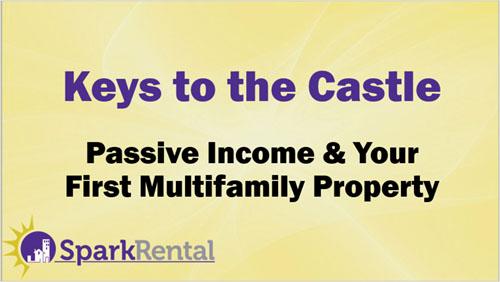
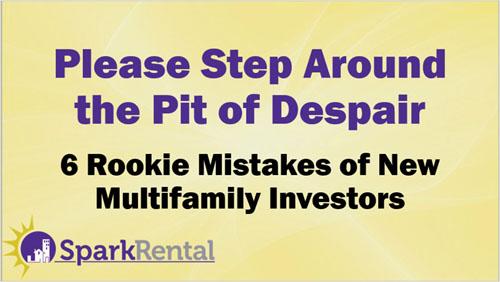
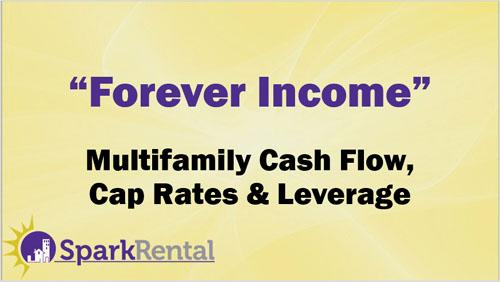




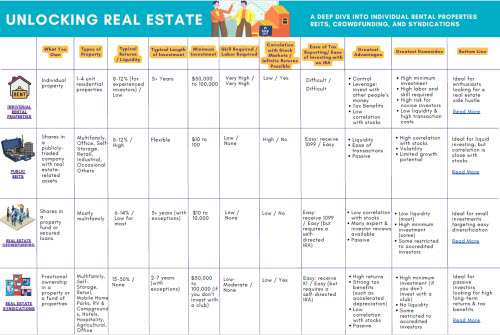








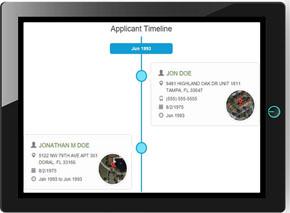



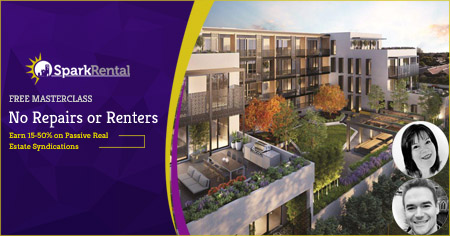
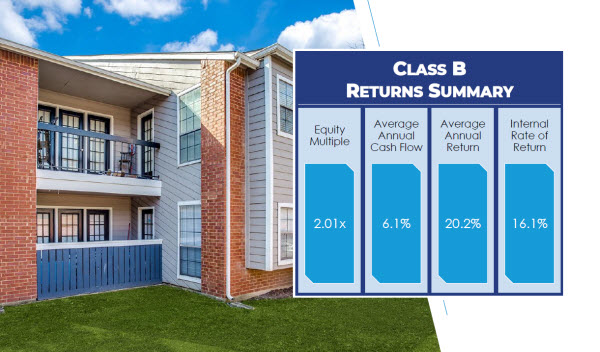

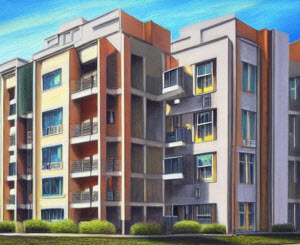

Excellent tips! I have many family applicants this year and some of them look for these recommendations. I’m buying this!
Glad to hear it Sylvia!